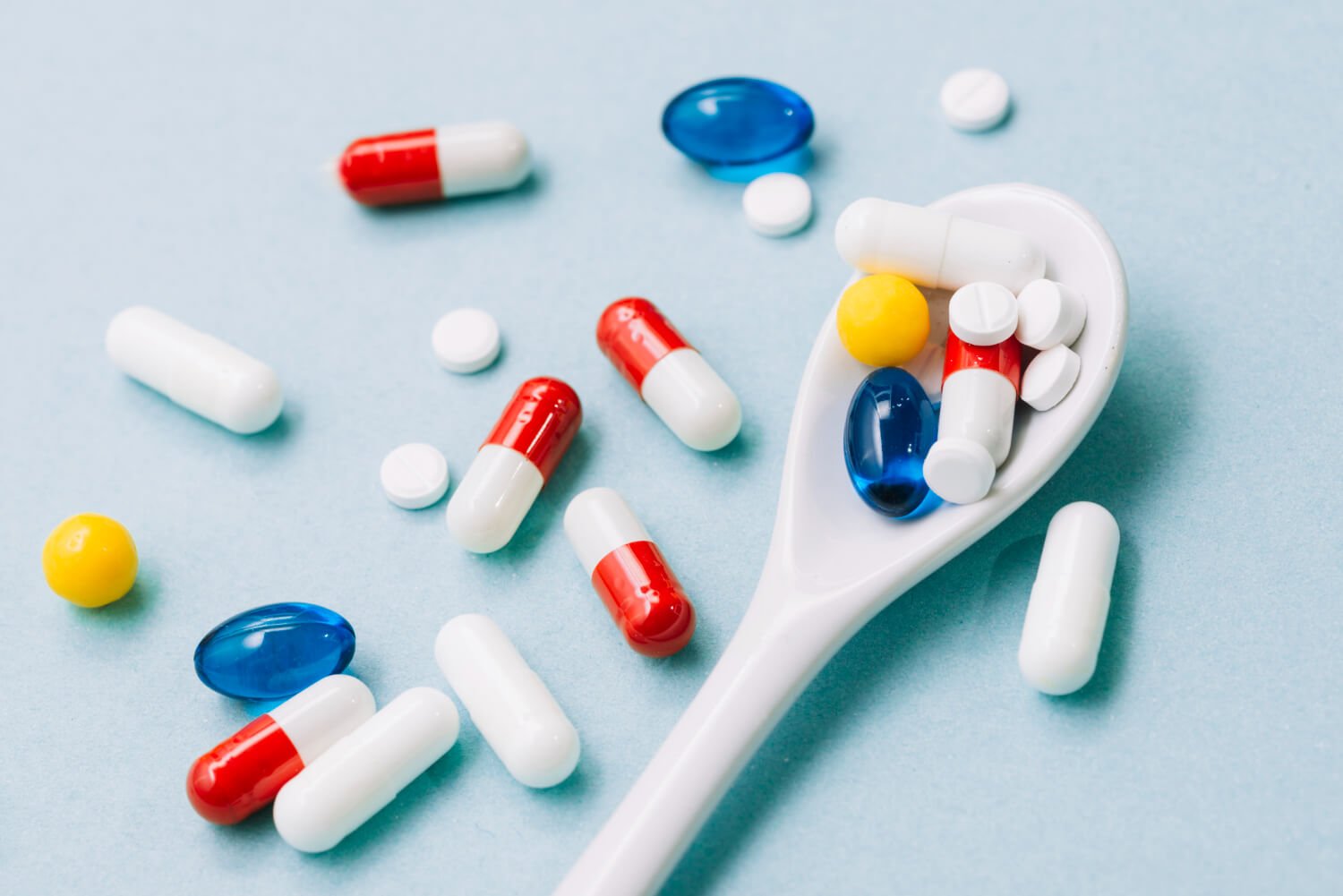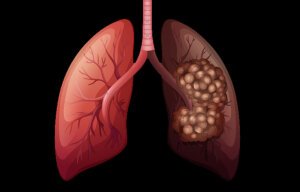There are a number of cases where a patient takes their prescribed drugs for a diagnosed illness and after the number of days for medication elapses, they still feel sick with persistent symptoms. One of the possible causes of this scenario is Anti-microbial resistance (AMR).
What is Anti-Microbial Resistance (AMR)?
AMR occurs when bacteria, viruses, fungi, and parasites change over time and no longer respond to medicines, making infections harder to treat and increasing the risk of severe illness and death. This resistance can occur naturally over time but is accelerated by factors such as overuse and misuse of antibiotics in humans, animals, and agriculture.
Causes of Anti-Microbial Resistance:
1. Overuse and Misuse of Antibiotics: Inappropriate prescription and over-the-counter use of antibiotics for viral infections, as well as incomplete treatment courses, contribute to the development of resistance.
2. Agricultural Practices: The widespread use of antibiotics in livestock farming and aquaculture for growth promotion and disease prevention leads to the emergence of resistant bacteria.
3. Poor Infection Control: Inadequate sanitation, hygiene practices, and healthcare-associated infections facilitate the spread of resistant pathogens in healthcare settings.
4. Global Travel and Trade: AMR knows no boundaries, and international travel and trade facilitate the transmission of resistant microorganisms between countries and regions.
5. High Healthcare Costs: Rising healthcare costs and limited insurance coverage in Nigeria contributes to the development of resistant pathogens. Many individuals struggle to afford essential medications, diagnostic tests, and medical procedures, forcing them to forego or delay treatment. This can then help foster resistance in surviving pathogens and complicate treatment.
Impacts of Anti-Microbial Resistance:
1. Increased Mortality Rates: AMR leads to treatment failures and complicates the management of infections, resulting in higher death rates and longer hospital stays.
2. Healthcare Costs: Treating resistant infections requires more expensive and prolonged therapy, leading to increased healthcare expenditures and economic burden.
3. Limited Treatment Options: As resistance grows, the arsenal of effective antibiotics diminishes, leaving patients with fewer treatment options and facing the risk of untreatable infections. Nigeria and several African countries struggle with inadequate healthcare infrastructure, including hospitals, clinics and pharmacies. Rural areas are particularly affected, lacking essential medical resources and trained healthcare professionals. This scarcity of medical facilities and supply often leads to poor healthcare outcomes and limited access to essential treatments and ultimately means that should anti-microbial resistance be developed by pathogens, it’ll take longer than necessary to address it and put lots of people at risk.
4. Threat to Food Security: AMR in agricultural settings affects food production and safety, jeopardizing food security and raising the risk of foodborne illnesses.
5. Environmental Pollution: Discharge of antimicrobial residues from pharmaceutical manufacturing, agriculture, and healthcare facilities contributes to environmental contamination and the spread of resistance genes.

Solutions to Anti-Microbial Resistance:
1. Antibiotic Stewardship: Promoting responsible antibiotic use through education, guidelines, and surveillance programs to preserve antibiotic effectiveness.
2. Infection Prevention and Control: Implementing strict hygiene measures, antimicrobial stewardship programs, and surveillance in healthcare facilities to prevent healthcare-associated infections.
3. Research and Development: Investing in the discovery of new antibiotics, alternative therapies, and rapid diagnostic tests to combat resistant infections.
4. Regulation and Policy: Enforcing regulations on antibiotic use in human and veterinary medicine, as well as implementing policies to promote prudent antimicrobial use across sectors.
5. Global Collaboration: Fostering international cooperation, information sharing, and coordination among governments, healthcare professionals, researchers, and industries to address AMR on a global scale.
Explaining AMR with the War Invasion Analogy:
Imagine a scenario where a country is invaded by a powerful enemy force representing pathogens such as bacteria, viruses, and fungi. Initially, the human body’s immune system acts as the primary defense force, just like the military, to combat these invaders. However, some pathogens are able to survive and adapt to the defenses, much like certain enemy soldiers evading capture and adapting to the tactics used against them.
As the conflict persists, the surviving pathogens begin to develop sophisticated “weapons” to fight their human oppressors. In the context of antimicrobial resistance, these “weapons” are mechanisms that enable pathogens to resist the effects of antimicrobial drugs such as antibiotics, antivirals, or antifungals. This resistance can occur through various mechanisms:
1. Genetic Mutation: Pathogens undergo genetic mutations that confer resistance to antimicrobial drugs. It’s similar to enemy soldiers acquiring genetic mutations that make them immune to certain weapons used against them.
2. Horizontal Gene Transfer: Pathogens can exchange genetic material with other pathogens, including those of different species, allowing them to acquire resistance genes. This is akin to enemy soldiers sharing knowledge and resources with each other to develop new defense strategies.
3. Biofilm Formation: Some pathogens can form biofilms, which are protective layers that shield them from antimicrobial agents. This is comparable to enemy soldiers constructing fortifications to protect themselves from attacks.
4. Efflux Pumps: Pathogens may develop efflux pumps that actively remove antimicrobial drugs from within the cell, reducing their effectiveness. This is like enemy soldiers developing mechanisms to expel toxins or weapons from their bodies.
5. Altered Targets: Pathogens can modify their cellular structures or metabolic pathways targeted by antimicrobial drugs, rendering the drugs ineffective. This is similar to enemy soldiers altering their appearance or tactics to evade detection and attack.
As a result of these adaptations, the antimicrobial drugs that were once effective in combating the pathogens become less or completely ineffective. This situation mirrors a scenario where the enemy soldiers, equipped with their advanced weapons and strategies, overpower the human defense forces, leading to a prolonged and challenging conflict.
Summary:
AMR poses a significant threat as it can lead to treatment failures, prolonged illnesses, increased healthcare costs, and even mortality. Just as in a war where strategies must constantly evolve to counter the enemy’s advancements, combating antimicrobial resistance requires a many-sided approach involving sensible antimicrobial use, development of new drugs, infection prevention measures, and public awareness campaigns. Only then can we work towards preserving the effectiveness of antimicrobial agents and safeguarding public health for future generations.
Missed our last blog? Read about the Nocebo effect here
Need health coverage for your Staff? View our Corporate plans here










